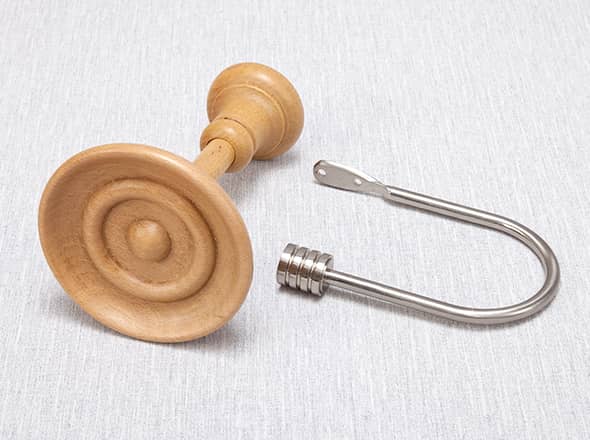
Shopping for curtain holdbacks can be a tricky task. With the abundance of styles on the market, choosing the correct ones takes time and effort. This blog post will explain everything there is to know about decorative curtain holdbacks and how to shop for them.
|
Table of Contents: |
|
|---|---|
|
What is a curtain holdback?
As the term suggests, a holdback holds the curtain away from the window and is attached next to the window recess. The UK market has plenty of either metal or wood holdbacks in many colours for you to choose from.
Related: Guide to Curtain Pole Brackets
2 Types of holdbacks
1. Ombre type
This style consists of a piece of cylindrical metal or wood that projects horizontally from the wall. The front resembles a disc or ball, which is often quite decorative or may reflect the design of the curtain pole. It is usually about 10-13cm (4" or 5") in diameter, enough to hold the curtains fast behind the disc to keep them in place. The ombre holdback is fitted near the edge of the window recess. This allows the curtains to be folded or dressed in swag behind the holdback, keeping the curtains away from the window opening.
Examples:
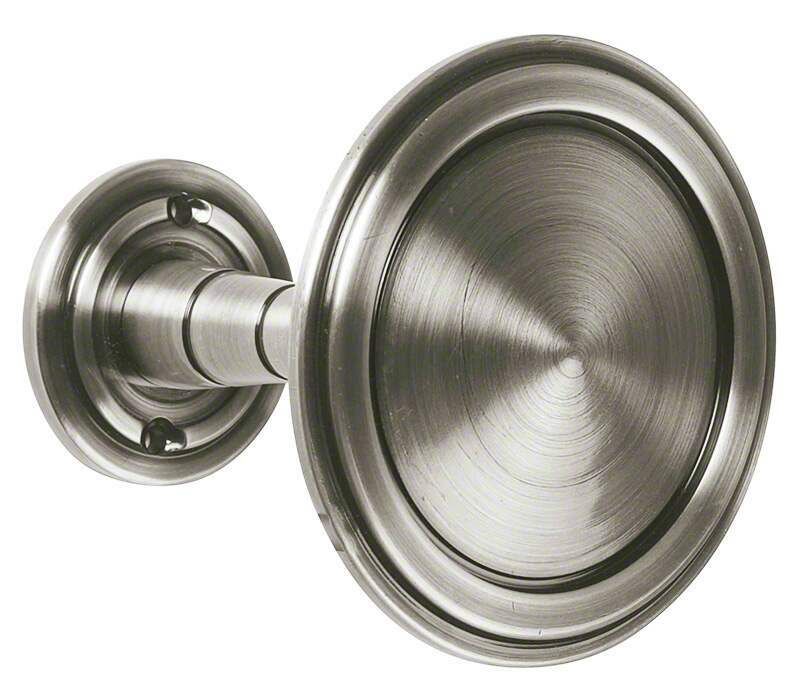 |
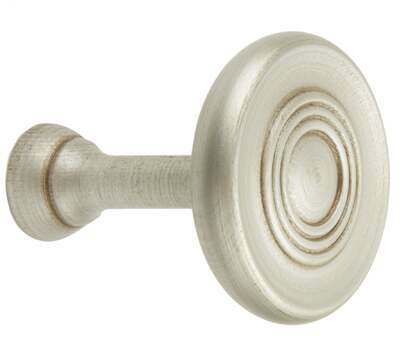 |
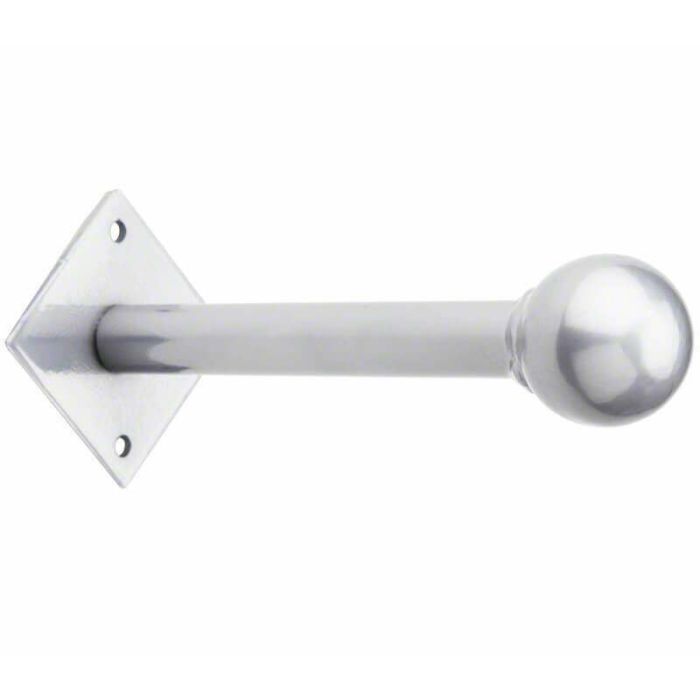 |
2. Embrace type
The general design resembles a “U” shape, allowing it to embrace the curtain and remove it from the window gently.
Examples:
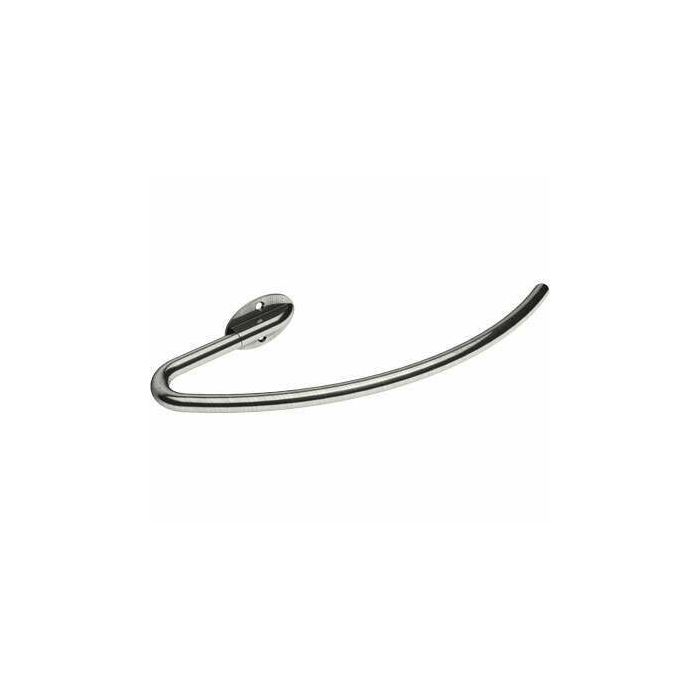 |
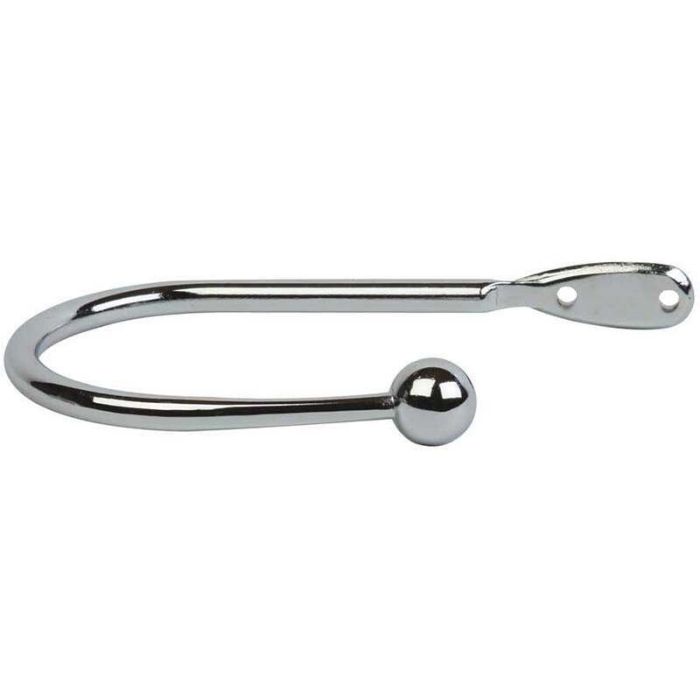 |
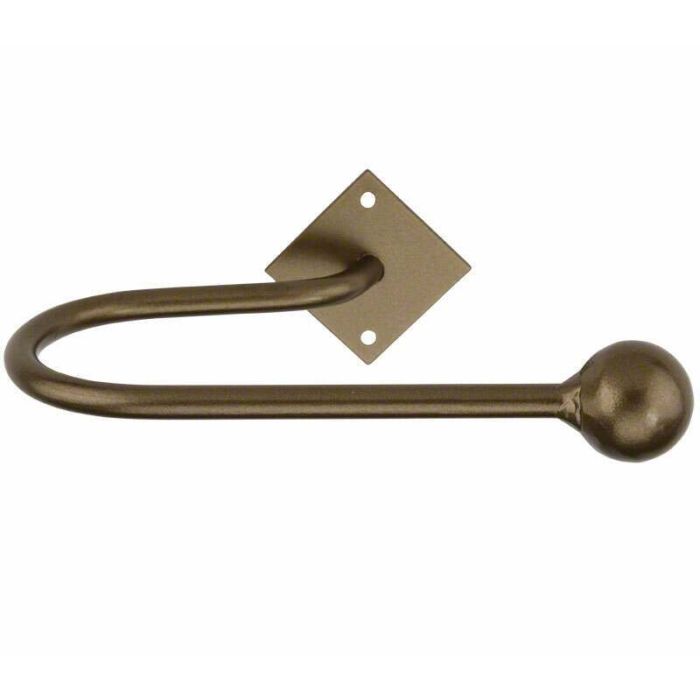 |
When might you not need holdbacks?
Although holdbacks have their functional purpose, sometimes they serve as a beautiful decoration, adding a finishing touch to the interior. However, people generally use holdbacks together with interlined or heavyweight curtains. When stacked back, thick curtains require plenty of space and might cover a significant part of the window, blocking the daylight. Holdbacks are ideal to solve this problem.
Where to place curtain holdbacks?
Where to position curtain holdbacks can be subjective, as there are no strict guidelines. However, a third up on the wall is the most natural and commonplace for holdbacks. If you have full-length curtains, visually divide their length by 3 and mark the wall where the first third ends next to the window recess.
Related: Window Treatments Glossary. Words You're Probably Using Wrong
How to choose curtain holdback?
Small or standard holdbacks are ideal for thin, light, and medium-weighted curtains. The larger holdbacks are for thick heavy-duty curtains. Some brands, like Rolls, have the same style in 2 sizes – lightweight and heavyweight.
Related: How to Care for Curtain Poles: Tips for Cleaning and Choosing
Styling holdbacks
The best, most common, and easiest way to style holdbacks is to pair them with your curtain pole decorative ends (also called finials). At Poles and Blinds, many styles and colours match the poles. Another idea is to match the colour of your furniture or other decorative pieces with the holdback.
Can I use holdbacks on bay windows?
Absolutely. Bay windows attract more sunlight than standard windows, and usually do not require the help of holdbacks. But if you feel they can improve the daylight in your room or be a beautiful decorative touch, feel free to use them. Both types – embrace and ombre can work stunningly on bays.
Related: What are the parts of the curtain pole set?
Let us know in the comments below about these ideas! You might also be interested in our post Get your windows winter ready. And please share this post with friends on social media!








No, finials can be changed on poles only. Holdbacks are sold as one piece.
Many thanks for the question,
Poles & Blinds team